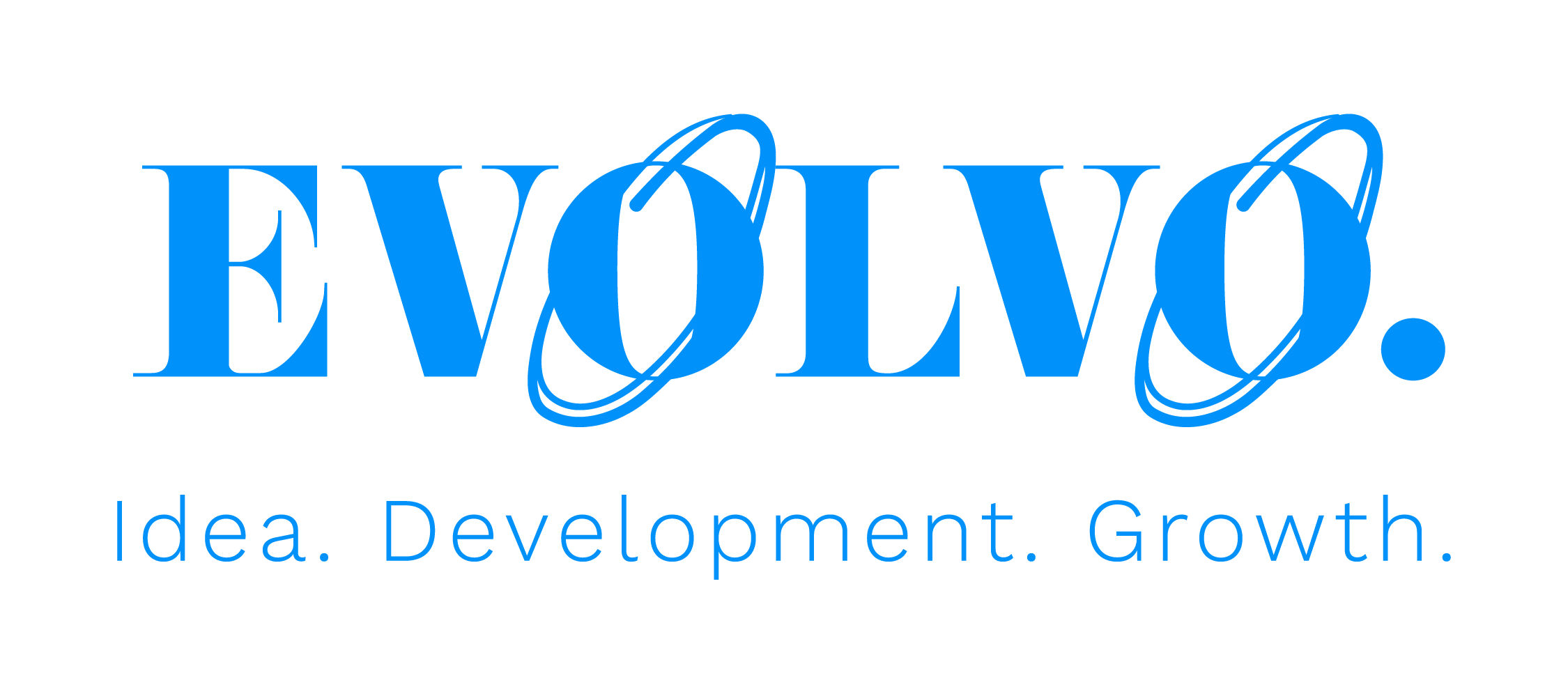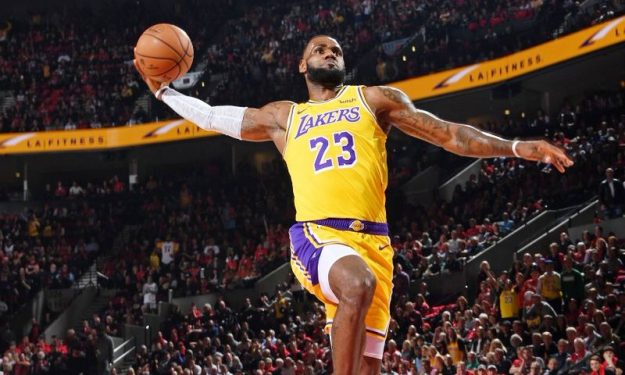What is a trademark and why should you protect it?
Think of a trademark like a personal signature of your business. It’s a unique symbol, phrase, or logo that sets your brand apart from others on the market. When customers see your trademark, they can instantly recognize it as representing your products or services.
If you are buying sneakers, when buying Adidas you have an approximate value that you expect on getting with it in comparison to other brands. If you drink beer, you probably know which beer brand you are going to buy and why. You expect the taste and quality each time you buy this beer 🙂 Should I mention that the current (2024) most valuable brand is Apple, worth more than 500 billion USD. We are talking about pretty tangible brand value here.
Having your own trademark is like claiming your own special place in the market. It can help protect your brand from being copied or used by others without permission. Additionally, it gives you legal rights to stop others (snap them on their fingers) from using similar marks that might confuse customers. It’s like putting a big, friendly “This is mine!” stamp on your business.
Here are 5 things you should know when talking about your brand (trademark) protection.
- What can be a trademark?
Trademark can be anything that helps distinguish your products or services from competitors. Most common examples are:
- Words, letters, numbers: Like brand names, slogans (like NIKE, slogan: Just do it)
- Logos and symbols: Unique graphical designs or symbols that present a brand
- Sounds: Distinctive audio elements like jingles or product sounds (like lion roar for MGM movies)
- Colours: Unique colour combinations or specific colours associated with a brand (Deutsche Telecom – pink colour)
- Shapes: Unique product shapes or packaging designs (Coca-Cola glass bottle)
- Scents: Distinctive smells associated with a product (Sumitomo car tires smell like roses)
- Tastes, motions, movements etc.
First two options are the most common ones.
- Types of trademarks
When registering a trademark you should be aware that there are several types of trademark:
Word trademark – consists exclusively of words, letters, numbers or other standard typographic characters, or any combination of these.
These are examples from EUIPO (European Intellectual Property Office) web:
Picture 1: EUIPO website 2024, https://www.euipo.europa.eu/en/trade-marks/before-applying/full-list-of-trade-marks
Figurative trademark – they use non-standard characters, style or layout, graphic features or colour. They can consist exclusively of figurative elements or of a combination of verbal and figurative elements.
Examples:
Picture 2: EUIPO website 2024 https://www.euipo.europa.eu/en/trade-marks/before-applying/full-list-of-trade-marks
There are also sound, scent (olfactory), shape, position and other trademarks, but the most common ones are the first two types mentioned.
- How to protect your trademark
First, it is important to define for which products or services your brand will be used on the market. When deciding on this topic, you should have in mind that protection is usually given for 10 years (and can be prolonged indefinitely, as long as you pay for next 10 year fee), and scope of products and services can be wider in that time span.
This list of products and services you will create, should then be applied to classes of products and service in Nice classification (they are all neatly grouped there). Usually 1 class is included in the starting fee for trademark registration, extra classes per trademark are paid additionally (different from country to country).
Search through trademark databases based on where you want to protect your trademark. Trademark right is geographical right, so if you register a trademark in France, it is only valid there, other countries are not covered. There are some Community Trademarks covering a set of countries (like EU Trademark is covering all EU countries), which is a simple way to cover more countries.
Searching prior to applying for a trademark is crucial to be done by an experienced expert since if there are any existing rights, your application could be rejected and fees paid to institutions managing trademark registration will be lost.
Be careful! Check if your trademark meets the reasons for refusal of registration.
Your trademark should not be descriptive, since this is the most common reason for trademark refusing the registration. A trademark should not consist only of a word, phrase, abbreviation or logo that simply describes the goods and/or services offered by the applicant. For example, word “apple” cannot be protected for the producer of apples, however, the word can be protected for a producer of electronic devices.
On the other side, the following trademarks applications have been refused for registration, because they were descriptive.
Picture 3. Examples of trademarks being refused for descriptiveness
Source: EUIPO website, 2024, https://www.euipo.europa.eu/en/trade-marks/how-to-apply
Your trademark should be distinctive (memorable, special, suggestive…), in relation to the goods or services. This means that in the eye of a consumer, a trademark is seen immediately as something that the consumer will use to identify that the goods or services come from a producer they aim for (since they want that taste of beer, quality of electronic device etc.).
Other reasons for refusal are: deceptive trademarks (too similar to existing trademarks), contain imitation of globally known symbols, or they are offensive in some way (when protecting word trademarks in EU, check all languages of the EU if they have offensive meaning in some of them).
- Where to protect you Trademark
So you have decided to protect your trademark but are not sure how to do it? There are several roads you can take to end up with the same level of trademark protection.
State Intellectual Property Office (SIPO) is your easiest choice if you want a trademark only in your country where you have your business. For Croatia, this is “Državni zavod za intelektualno vlasništvo”, and you can apply for trademark protection either physically by filling in the form or through online e-submission. Protection lasts for 10 years (fees are around 300 EUR), and can be prolonged indefinitely, as long as you pay trademark fees.
European Intellectual Property Office (EUIPO) is an EU agency in charge of managing EU regional trademark covering all 27 countries of the EU. Trademark gets approved in all EU countries, or none of them, therefore it is important to do the trademark search (for all 27 countries) in order to avoid missteps or loss of fees paid in advance. Protection again lasts for 10 years (can be prolonged indefinitely), with fees around 900 EUR, which is 90 EUR per year of protection, really low costs for even small companies.
World Intellectual Property Organization (WIPO) is another option for trademark protection, where you can use just one application and one standard fee (around 900 EUR) in order to register a trademark in up to 130 countries (additional 100 EUR per each country added from the list). Costs can significantly vary based on the number of countries selected and number of classes relevant for TM protection.
- Examples
So here are some simple ways in which you can use a free online trademark database to search what your competition is protecting and planning for the future. Available for everyone to use.
EUIPO TM VIEWdatabase: https://tmdn.org/tmview/#/tmview
For example, I have searched what was Apple Inc.’s last trademark filed for protection and here are the results. There are couple of them filed for registration in July 2024: APPLE MUSIC ATLAS (in USA), APPLE PENCIL PRO (in Iceland). From this you can potentially identify new solutions that are going to be placed on the which market.
Samsung on the other hand last filed application is for word trademark: Advanced DRY, for household appliances.
Now, for all those LeBron James fans, here is a short overview of his trademarks.
His first trademark registered was KING JAMES, LBJ and LEBRON in 2005 for clothing, footwear, bags and games in EU and UK.
Currently LeBron James holds 115 registered trademarks (plus 18 filed trademarks) in different countries and for different products (mostly clothing, footwear, headgear, but also jewelry, games and toys, carrying bags etc.). Most of them are word (verbal) trademarks, but what is really interesting is that the number one country where those TMs are registered is not USA (16 TMs), but China with 56 trademarks (TMs). This can give you a good overview where L. James sees his trademarks value or challenge (where his brands are copied).
Latest TMs filed at the time of search (July 2024) are I PROMISE, CHOSEN1, KING JAMES etc. and are submitted for USA and Canada country registration.
A man has millions of dollars on his bank account, but it is still important to him that he has registered trademarks and that someone does not use his brand (his name, slogans, nicknames, etc.) for their own benefit without giving him a piece of that income. Of course, trademark registration is only the first step in this business model, and the trademark owner is responsible for monitoring who infringes (taking advantage of the trademark name without paying anything to the owner of the right) his rights and warning them about it. There is no public body that will look out for you if someone infringes your intellectual property rights. But that is a topic for one of the following posts.
Picture 4. LeBron James, https://www.eurohoops.net/en/nba-news/758757/lebron-james-dazzles-in-lakers-uniform/
Although this topic can go on for a long time, I hope this article has made trademarks more understandable for you.
And lastly, I sincerely suggest hiring a trademark expert when deciding on your trademark protection in order to avoid mistakes, loss of time and money.
————————————-
Also, if you are eager to learn more about Intellectual Property Rights for entrepreneurs and startups, try my Udemy course:
CODE for special price discount: LEARNIPR (valid until October 1st, 2024)

